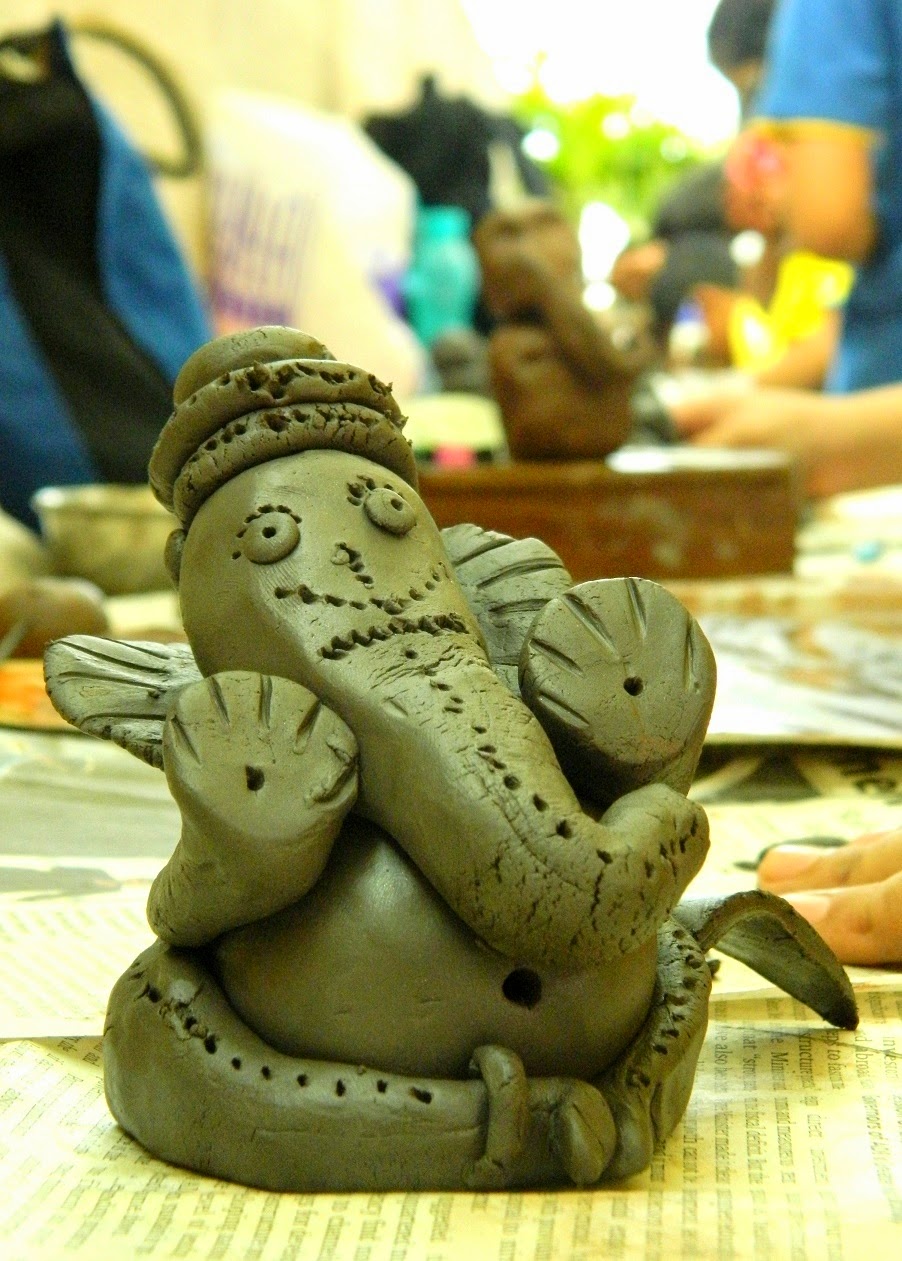Ecological baby footprints are all we need to start…..
Meet
Ridge Ferns, the little green man who just turned 12 and recycles his clothes
very carefully. No, he doesn’t just wear a pair of jeans for half a day like
most kids but he re-wears them for the second or even third day. No and there
is nothing wrong in that, believes Ridge. Unless of course your clothes are
soaking in sweat and are a dirty due to mud in the fields.
What Ridge does
comes from learning about ecological footprints and carbon footprints, all the
energy that goes into washing, travelling or even making a dish. The less the
item or product or dish ingredients have used energy ,the better it is, simply
because it has used less energy. Most children and young adults simply redo and
copy what they see, where behavioural patterns in recycling are concerned, therefore
the next time you recycle or reuse ,'tell and show' your little ones….
Ridge
will rise early and use his ‘power time’ to first water the plants in the front
lobby of their home.He will also inspect and check each plant to see which
leaves are dry or which plant has turned more towards the sun. Little details
like these help kids connect to nature and have respect for planet Earth. Most
children are rarely given the garbage bag to be disposed because the maid or
elders in the house do that, traditionally male kids or boys in the Indian/Asian
household are rarely taught about house hold chores. But collecting the weekly
‘dry garbage’ bag is what Ridge disposes off himself. Of course he is helped by
the family, but then again Ridge is initiated well into recycling lessons from
an early age. Ridge uses a timer while bathing and ensures that he puts the
shower off while soaping.
He also goes birding and rafting with his family.
Ridge has a seed collection-'Seed Bank' from the fruits he eats. He segregates them
according to germination and ready to dry to preserve, and then finds time to plant
them in the garden.
Ridge
even cooks fresh vegetable ingredients,teaching children to value vegetables
from an early age can be a tedious job but none the less worth it. They learn
that vegetables come from the offerings from the farm,the ‘mitti’ ‘dharti’ of
Mother,so iniatiate slowly but try to buy local and eat local as much as you can.If you
cant then simply be aware and you will be drawn into going green in daily life
habits.Take them to a farm trip.Enable them to practise a little gardening on Sundays. Connect them to 'Earth'in every way you can...
End
of the academic year,Ridge made rough work writing pads out of his left over
school copybooks.He also took his school clothes and donated them to a charity
where the concept of 're-purpose' was established without making him feel sorry
for the under privileged kids he donated to.
Getting
children to become green from an early age is good. Teach them to practice
green daily like they would bathe daily or do homework daily, it is as simple
as that. Ensure that all green habits are supervised and are healthy but none
the less enforce them.
1]If
we adults tend to preach and bark down at young adults to recycle suddenly in
the middle of their teen years, they will snap right back, so tread cautiously.
2]So
first of all, as an adult set a good example by not preaching but practicing
recycling your self. You must remember to store away trash safely and be green
also when no one is looking.
3]
Help kids understand how recycling can save mother earth as early as possible.
It does not necessary to fill your house with recyclable items just to achieve
your goal. Not only making craft items or household gadgets of reused stuff but
also connecting to deeply care for earth.
4]Let
kids know-Recycling is one way of helping the earth to reduce waste and
pollution that are filling the water system and the land as well. Involving
yourself together with your kids to activities that promotes recycling is a fun
activity for the whole family.
5]
Enrolling your kids to programs and different seminars about environment can
increase their awareness about recycling.
6]During
your vacations take kids along to conservation sites and inculcate environment
education which may later help them to take up environment as a career choice.
7]Only
serve how much you can eat. Re-serve yourself when you want more. And store
away food for the next day without a blink to re use …reusing food is no more a
shame, thousands of people in India and Africa die everyday due to starvation.
Thousands of garages and warehouses filled with grain in countries rot due to
storage practices and hoarding. So keep a balance, eat fresh but don’t waste.They
have more taste as the ‘’seasoning’ 'masala' permeates the dish and marinates
the food.
8]Now
there is no turning back, the only way is the green way, life has to come full
circle.Tell your kids stories about the curd being set in earthen pots and
grandparents using ‘kapde’ ke bags for the 'sabji mundi' and families using
‘patal’ leaf plates during religious and wedding functions..
 |
| Ridge at a cycle rally on no car day... |
India
was always eco friendly and suddenly the wave of new found wealth or may be
fake modernism has gripped our society where we want everything ‘new’ and
‘more’ maybe ‘keeping up with the jones world’ or through TV or the digital world.....just
because…just because …period ..no reason….just want an instant coffee world and
quick fix life……slow down …enjjoyyyyy, relish the moment…….get out more often..as much as you can....
So,
if you want to learn more about, water foot prints, food footprints, carbon
footprints or even clothes footprints, simply write in here at this blog and we
will share.
















































